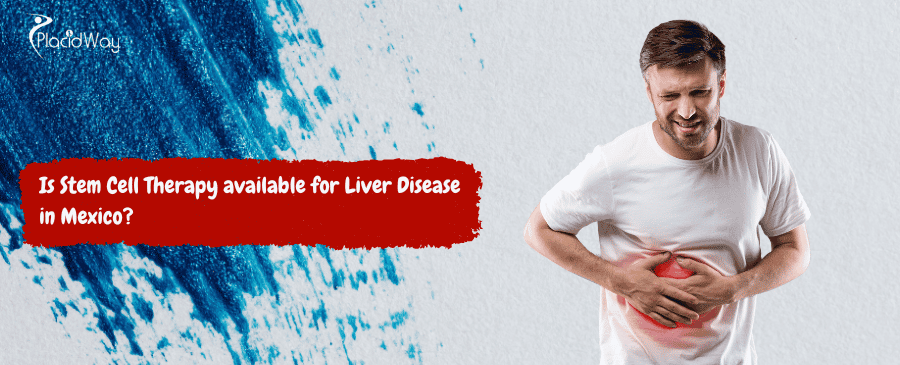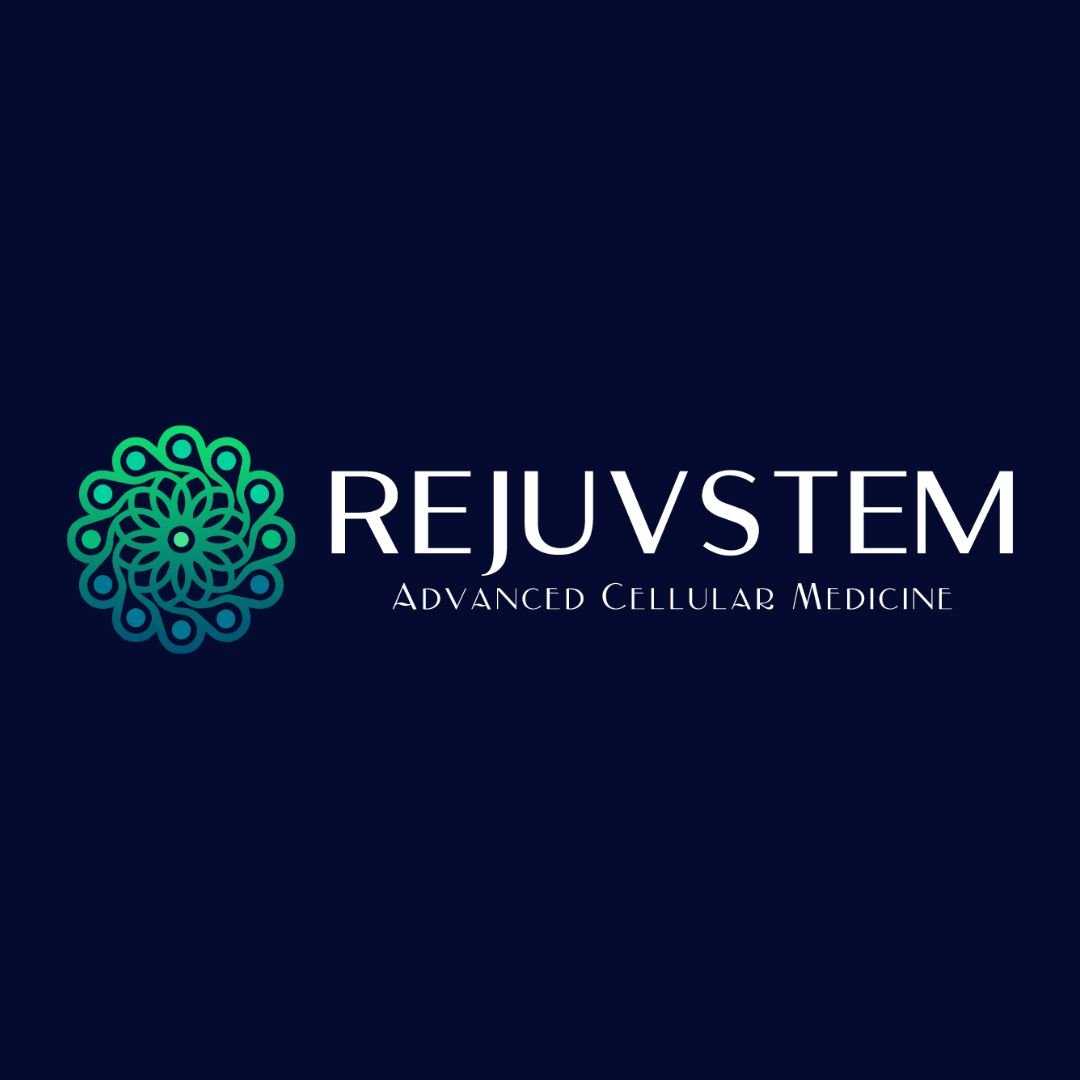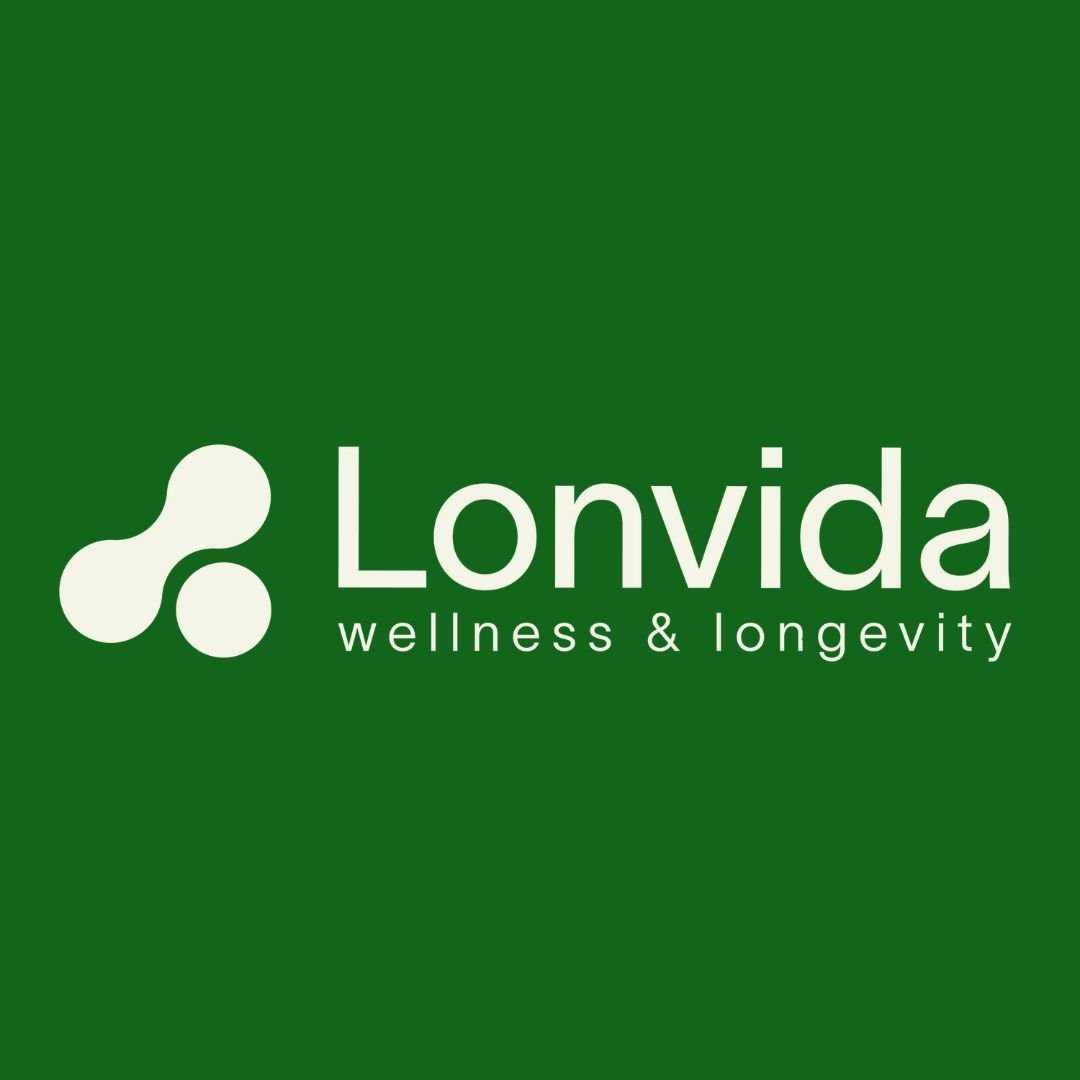Exploring Stem Cell Therapy for Liver Disease in Mexico: What to Know
Hello and welcome! If you're looking into potential treatments for liver disease, you've likely come across the topic of stem cell therapy. It’s a field of regenerative medicine that's generating a lot of interest, and for good reason. For many people, especially those facing serious conditions like liver cirrhosis or fatty liver disease, traditional treatments can have limitations. This has led many to explore innovative options, and Mexico has emerged as a key destination for this kind of care. The availability of advanced clinics, combined with a supportive regulatory environment, makes Mexico an attractive option for those considering stem cell therapy for liver disease. In this comprehensive guide, we'll dive deep into the most common questions people have about this treatment, from what it is and how it works to the costs and safety considerations. We'll provide clear, straightforward answers to help you understand if this could be a viable path for you.
Is stem cell therapy for liver disease legal in Mexico?
Mexico has a well-defined regulatory framework for regenerative medicine, which is a significant factor in its growth as a medical tourism hub for stem cell treatments. Unlike some other countries where these therapies are more restricted or considered experimental, Mexico has a legal and regulated environment. This allows for clinics to offer a range of stem cell protocols for various conditions, including liver disease. Many reputable clinics operate under the supervision of COFEPRIS, ensuring that they adhere to specific safety and quality standards. This oversight is crucial for patient safety and helps build trust in the medical care provided.
What types of liver diseases can be treated with stem cells in Mexico?
Stem cell therapy is not a one-size-fits-all solution, but it has shown promise in addressing several types of liver diseases. The most common conditions treated include:
- Liver Cirrhosis: This is a serious condition where the liver is scarred, and its function is compromised. Stem cells are used to help reduce fibrosis and promote the regeneration of new, healthy liver cells.
- Fatty Liver Disease: Both alcoholic and non-alcoholic fatty liver disease (NAFLD) can be targeted. The therapy aims to reduce inflammation and fat accumulation, potentially reversing some of the damage.
- Liver Failure: For patients with liver failure, stem cell therapy can be used to improve liver function and may even help delay or reduce the need for a liver transplant. It can also help manage complications like hepatic encephalopathy.
The effectiveness of the treatment can depend on the severity and stage of the disease, with earlier intervention often yielding better results.
How much does stem cell therapy for liver disease cost in Mexico?
One of the primary reasons many people travel to Mexico for stem cell therapy is the significant cost savings compared to countries like the United States. While prices can vary widely, a single treatment session for liver disease may fall within a range of $7,000 to $20,000. This is often a fraction of the cost in other countries, where similar treatments can exceed $30,000. It is important to note that many patients may require more than one session to achieve optimal results, and this should be factored into the overall cost.
The final price is influenced by several factors:
- Clinic Reputation and Location: Well-established clinics in popular medical tourism cities like Tijuana or Cancun may have different pricing structures.
- Type and Quantity of Stem Cells: The cost can differ depending on whether autologous (from the patient's own body) or allogeneic (from a donor) stem cells are used. The number of cells administered is also a key factor.
- Treatment Protocol: Some clinics offer additional therapies, such as hyperbaric oxygen or IV infusions, as part of a comprehensive package, which can affect the total price.
What types of stem cells are used for liver disease treatment in Mexico?
Mesenchymal stem cells (MSCs) are the most common type of stem cells used for liver disease treatment in Mexico. MSCs are non-hematopoietic, multipotent stromal cells that can differentiate into various cell types. Their primary benefit in treating liver disease lies in their ability to:
- Reduce Inflammation: MSCs have powerful anti-inflammatory properties, which can help calm the inflammatory response in a damaged liver.
- Promote Tissue Regeneration: These cells can differentiate into new liver cells (hepatocytes), helping to repair damaged tissue and restore function.
- Limit Fibrosis: By modulating the immune response, MSCs can help slow down or even reverse the scarring process (fibrosis) that leads to cirrhosis.
The source of the MSCs is also an important consideration. Umbilical cord-derived stem cells (UCT) are often preferred because they are young, potent, and can be administered safely without a high risk of rejection.
How is stem cell therapy administered for liver disease?
The administration of stem cells for liver disease is generally a non-surgical and minimally invasive procedure. The most frequent method is through an intravenous (IV) drip. This allows the stem cells to travel through the bloodstream and naturally migrate to the site of injury or inflammation, which in this case, is the liver. The procedure is typically performed in a clinic setting and is similar to a regular IV infusion.
Depending on the specific protocol and the patient's condition, other methods may be used, but IV infusion is the standard for systemic conditions like liver disease. Patients can expect a safe and comfortable experience, often with little to no downtime afterward. The process may be part of a multi-day protocol to ensure the body is properly prepared and can maximize the benefits of the treatment.
What is the process of getting stem cell therapy for liver disease in Mexico?
The journey to receiving stem cell therapy in Mexico is typically a structured and straightforward process. It usually starts with a remote consultation, where you provide your medical records, including diagnostic reports and blood test results. A medical team will review these documents to determine if you are a candidate for the therapy. This is a crucial step, as not all patients are suitable for the treatment.
If you are deemed a good candidate, a personalized treatment plan is developed. This plan outlines the type and quantity of stem cells to be used, the number of sessions, and any complementary therapies. Once you arrive at the clinic in Mexico, you will have an in-person consultation and possibly further diagnostic tests. The treatment sessions will then be administered, and you will receive post-treatment care instructions. Many clinics also offer follow-up care and support to monitor your progress.
Are there any side effects or risks of stem cell therapy for liver disease?
The safety of stem cell therapy is a primary concern for anyone considering the treatment. When performed in a controlled, professional environment with high-quality stem cells, the risks are low. Most patients experience no significant side effects. Some may have a temporary fever, fatigue, or headache, which typically resolves within a day.
Because many clinics in Mexico use allogeneic stem cells from screened donors, the risk of rejection is minimal. These cells are considered "immune-privileged," meaning they do not trigger a significant immune response. It is essential to choose a clinic that follows strict safety protocols for cell sourcing, handling, and administration to mitigate any potential risks.
How long does it take to see results from stem cell therapy for liver disease?
The regenerative process initiated by stem cell therapy is not immediate. It takes time for the cells to integrate, proliferate, and start influencing the body's healing mechanisms. Initial improvements, such as increased energy, reduced fatigue, and a general feeling of well-being, may be noticed within a few weeks. However, objective changes in liver function, as measured by blood tests and imaging studies, can take longer.
Follow-up appointments and monitoring are a critical part of the process. Doctors will track your progress over several months to a year to evaluate the full impact of the treatment. Maintaining a healthy lifestyle, including a proper diet and avoiding alcohol, is essential for maximizing the benefits of the therapy.
Why is Mexico a popular destination for stem cell therapy?
There are several key reasons why people from around the world, particularly from the U.S. and Canada, choose Mexico for their stem cell therapy.
- Cost-Effectiveness: The most significant draw is the lower cost of treatment. Patients can save a substantial amount of money without sacrificing the quality of care.
- Accessibility: Mexico's proximity to the United States makes travel convenient and relatively inexpensive.
- Advanced Clinics and Expertise: Many clinics in Mexico are equipped with state-of-the-art technology and employ highly trained specialists in regenerative medicine.
- Supportive Regulatory Environment: The clear legal framework for stem cell therapy in Mexico provides a sense of security and trust for patients.
This combination of factors has established Mexico as a global leader in medical tourism for regenerative therapies.
Can stem cell therapy replace a liver transplant?
This is an important distinction to make. Stem cell therapy is a powerful regenerative tool, but it does not create a new, fully functional organ. Its primary role is to repair existing damage and improve the liver's ability to regenerate itself. In many cases of liver cirrhosis or chronic liver disease, this can lead to substantial improvements, potentially taking a patient off a transplant list or delaying the need for a transplant for many years.
For patients in end-stage liver failure, a liver transplant remains the only definitive curative option. However, stem cell therapy can be a valuable tool to enhance a patient's overall health and liver function, making them a better candidate for transplantation and improving their quality of life in the interim.
What is the success rate of stem cell therapy for liver disease?
Success is often measured by a reduction in liver enzymes, a decrease in the severity of symptoms, improved quality of life, and in some cases, a decrease in the MELD (Model for End-Stage Liver Disease) score. It's crucial to understand that "success" is not always a complete cure. For many, it means a significant improvement that allows them to live a better, healthier life with more manageable symptoms.
The effectiveness of the treatment is highly dependent on a personalized approach. A good clinic will perform a thorough evaluation to determine the most effective protocol for your specific case and will provide you with a realistic outlook on what you can expect.
How do I find a reputable clinic for stem cell therapy in Mexico?
Choosing the right clinic is the most important step in the process. When researching clinics, here are some key things to look for:
- Accreditation and Licensing: Ensure the clinic is officially licensed and regulated by Mexican health authorities (COFEPRIS).
- Medical Team Experience: The doctors and staff should have a strong background in regenerative medicine and a history of treating liver diseases.
- Transparency: Reputable clinics will be transparent about their pricing, the source of their stem cells, and the details of their treatment protocols.
- Patient Reviews: Look for genuine patient testimonials and case studies. These can offer real-world perspectives on the clinic's care and the effectiveness of the treatment.
To explore your options for stem cell therapy and other medical solutions related to liver disease, we encourage you to connect with PlacidWay. We specialize in connecting patients with certified clinics and hospitals worldwide, offering guidance and support to help you make an informed decision about your healthcare journey.



.png)




.jpg)
.png)

.png)






Share this listing